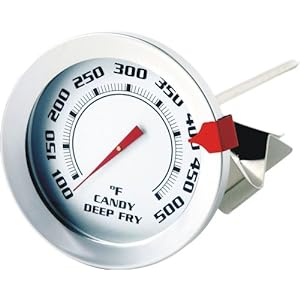Pretty regular lurker here - I've already learned a lot from this site and I'm hoping for a bit of advice and perhaps real-experience.
Previous experience is with a 1980's Silent Flame model 1662 insert that came with the house when we bout it a bit over a year ago. Last winter we heated the main part of our house exclusively with this insert. The thing chewed through wood and heated the house in spurts of intense heat followed by a dead fire - its burn for maybe 6 hours max with 5-6 average size splits. The stove was either "ON" or "OFF" despite my efforts to replace door seals, etc. - I had it sealed as good as it ever was. It did not have a chimney liner (was simply slid into the masonry opening - scary) but I imagine that might only cause it to eat more wood. Specs list this stove as the following:
Low fire - 2400 BTU/hr - 63% efficiency
Med fire - 30500 BTU/hr - 48% efficiency
High fire - 156000 BTU/hr - 37% efficiency
I would imagine we usually ran the stove between a Med and High fire.
Anyhow, long story short, late this summer I purchased a Century Heating CW2500 stove from northern tool to replace this old insert. This stove is rated at 65000BTU/hr max output which seemed like it might be a good fit to heat our 1500 or so square feet of main house. Did the liner, etc. - install was actually fairly trouble free. Liner is not insulated mainly because I was on a pretty tight budget.
So, with the CW2500, I am having a hard time believing that this stove is going to heat the house based on the few test fires (5 or 6) I've had. I feel like my draft is good and I'm running the stove "almost" properly at this point. No matter what I do, I can't really get the stove to fire much above 450F stove temp. I do suspect my wood is a bit damp due to the rainy summer but a MM reading is usually below 165 at the ends (haven't split any yet to check inside moisture). If I run the stove with the primary air wide open, I can barely break the 400F mark - damper 1/2 open I can get the temps to build more. From reading here, this seems somewhat typical but a bit counter-intuitive. Of course, I learn recently that the specs of this stove were a bit under-rated 1.5 cu.ft firebox rather than the previously advertised 2.0 which isn't helping ease my mind. I love the stove but I'm a bit worried about its actual heating capacity.
Are we going to freeze this winter? Am i doing something wrong? Anybody here successfully heat 1500sqft with a stove of this size/type/BTU rating?
Any help and advice is welcome. Thanks in advance!
Previous experience is with a 1980's Silent Flame model 1662 insert that came with the house when we bout it a bit over a year ago. Last winter we heated the main part of our house exclusively with this insert. The thing chewed through wood and heated the house in spurts of intense heat followed by a dead fire - its burn for maybe 6 hours max with 5-6 average size splits. The stove was either "ON" or "OFF" despite my efforts to replace door seals, etc. - I had it sealed as good as it ever was. It did not have a chimney liner (was simply slid into the masonry opening - scary) but I imagine that might only cause it to eat more wood. Specs list this stove as the following:
Low fire - 2400 BTU/hr - 63% efficiency
Med fire - 30500 BTU/hr - 48% efficiency
High fire - 156000 BTU/hr - 37% efficiency
I would imagine we usually ran the stove between a Med and High fire.
Anyhow, long story short, late this summer I purchased a Century Heating CW2500 stove from northern tool to replace this old insert. This stove is rated at 65000BTU/hr max output which seemed like it might be a good fit to heat our 1500 or so square feet of main house. Did the liner, etc. - install was actually fairly trouble free. Liner is not insulated mainly because I was on a pretty tight budget.
So, with the CW2500, I am having a hard time believing that this stove is going to heat the house based on the few test fires (5 or 6) I've had. I feel like my draft is good and I'm running the stove "almost" properly at this point. No matter what I do, I can't really get the stove to fire much above 450F stove temp. I do suspect my wood is a bit damp due to the rainy summer but a MM reading is usually below 165 at the ends (haven't split any yet to check inside moisture). If I run the stove with the primary air wide open, I can barely break the 400F mark - damper 1/2 open I can get the temps to build more. From reading here, this seems somewhat typical but a bit counter-intuitive. Of course, I learn recently that the specs of this stove were a bit under-rated 1.5 cu.ft firebox rather than the previously advertised 2.0 which isn't helping ease my mind. I love the stove but I'm a bit worried about its actual heating capacity.
Are we going to freeze this winter? Am i doing something wrong? Anybody here successfully heat 1500sqft with a stove of this size/type/BTU rating?
Any help and advice is welcome. Thanks in advance!


